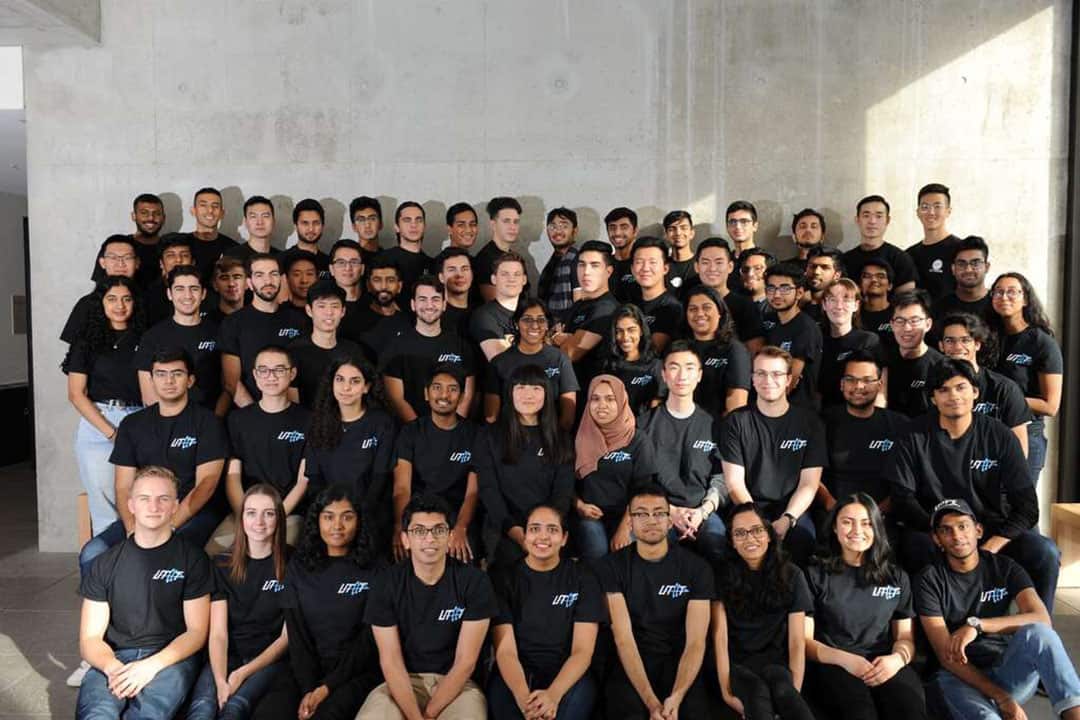Since the early 1900s, the world has embraced the age of flight. Planes with guzzling engines leapfrogged across cities and oceans, consequently subduing slower modes of transportation such as ships and trains. However, just as the passenger ship once faced the threat of the commercial airliner, planes may soon face an emerging threat: the hyperloop.
In 2012, SpaceX, a company founded by Elon Musk with the goal of revolutionizing space technology, introduced the concept of the hyperloop. Described as a pod sealed within a tube which has no air resistance, the hyperloop could theoretically travel at speeds of up to 1,200 kilometres per hour. In comparison, the fastest train in the world can only travel up to 430 kilometres per hour.
Over the past several years, Musk has held annual competitions between various universities and engineering teams in the design of hyperloop technology in order to foster innovation.
The Varsity sat down with the University of Toronto Hyperloop Team (UTHT) to discuss hyperloop tech and the team’s role in its design.
The origins of the UTHT
Inspired by a YouTube video of Elon Musk’s annual hyperloop competition, Juan Egas, a third-year undergraduate student studying materials science, wanted to join a hyperloop team.
However, he soon discovered that no such teams existed at U of T. Rather than staying content with watching teams at the Massachusetts Institute of Technology and the University of Waterloo compete, he decided to co-found a team at U of T.
With Egas as captain, the team launched operations during the winter semester of 2019. Its growth was as fast as an accelerating hyperloop pod.
“By the end of the semester… we were about 10 [people]. At the end of the summer, we were 100… and now we’re [over] 200,” Egas remarked. The team also raised over $50,000 in funds in less than six months through corporate sponsorships and funding from U of T.
The team has divided itself into several main divisions, including technology, leadership, and business. Within the tech division, students designed test tracks for the pod, implemented critical software, produced braking systems, and engineered propulsion systems. Students also worked in the subsystems of structures to produce the shell and frame of the vehicle and power systems, which involves battery design.
In addition to designing the first pod, the team set up a research and development division to outmaneuver competitors by configuring technology such as Halbach arrays — arrangements of permanent magnets — into the design. The Lorentz force generated allows the pod to levitate, and as long the magnetic drag is surpassed, the pod can accelerate.
Yet the team is not solely focused on competing with other universities; rather it also hopes to achieve more altruistic ideals.
“We are not defined by competition,” Egas explained. “At the very beginning, it was about the competition, but then we started to realize that [the] hyperloop is more than [just] a cool technology [and is also aiming for future] sustainability.”
Jovan Phull, a founding member, said to The Varsity that hyperloop construction could bring better transportation options to North America, which lacks the high speed trains deployed in Europe and Asia.
Another founding member, Tony Wang, added that “it would be an honour to strive… to accomplish this evolutionary design.”
Taking on challenges in hyperloop construction
Aflush with growth, the team found itself facing many of the challenges that Musk currently faces.
“The learning curve of the design is steep, requiring a lot of self-motivation in learning new things that the university does not teach you,” Wang commented.
“Being a new team, we didn’t have previous years to look to. So we [looked] a lot to European teams and [to] teams around the world,” said Sasha Rudolf, who serves as the technology division director.
Similarly, developers of hyperloop tech often find themselves stymied by a lack of precedent. Another added difficulty is that the hyperloop pods must be able to withstand normal atmospheric pressure, as the hyperloop operates in a near-vacuum.
The future of UTHT
To test their pods, UTHT is developing a test track in collaboration with other universities. The team is fully cognizant of not only its own future prospects, but also that of the hyperloop. “[The hyperloop] could have a really big impact on [communities such as] Toronto and Montréal,” Rudolf remarked. However, he also acknowledged that “one of the big challenges is going to be getting the whole community, and especially the government, involved.”
Rather than leaving it solely up to Musk and other tech titans to get the job done, they hope to help foster some innovation within Canada.
The team has been planning a Canadian hyperloop team competition in conjunction with five other Canadian universities this summer. This would showcase various projects, new research, and of course, the contest itself.
Editor’s Note (January 19, 10:14 pm): The article has been updated to clarify that UTHT is developing a test track in collaboration with other Canadian universities, which is not currently operational.


